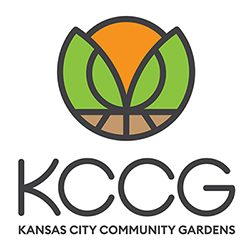With most schools back in session this month, it’s time to start thinking about your fall garden! KCCG’s Schoolyard Garden staff are here to assist you with your garden in any way that we can, but for teachers and garden coordinators working independently, here are some helpful tips for getting your garden started.
- Decide what to plant — Refer to our planting calendar to see what’s in season, and have a conversation with your students to decide what vegetables they might be interested in planting. If time allows, create a map of your garden and decide where to place your veggies.
- Prepare the soil — Before you plant your seeds and transplants, have your students pull out all weeds that may have grown in your garden during the summer and turn the soil using hand trowels and cultivators. Use these tools to break up any soil clods and create a level space throughout the entire bed. Do not pack the soil! Loose soil helps with water absorption and root growth.
- Plant your garden — Once you have selected which veggies you will be growing, refer to the raised bed planting guide to see how far you should space your seeds and plants. Plant your seeds and plants accordingly.
- Water your seeds and plants — Because of the August heat, regularly watering your fall garden is crucial. Water immediately after planting, otherwise your young transplants will not adjust properly. Daily watering will also enable your seeds to germinate more quickly. For seeds and new transplants, water often and shallower. For established plants, water less often and deeper–the top 1 inch of soil should be moist.
- Mulch your plants — Mulch transplants as soon as you plant. Once your seeds grow into plants and are at least 3 or 4 inches tall, mulch with straw or cotton burr compost. Mulch helps keep the soil cool and moist for longer, and can also prevent weeds from growing. If your schoolyard garden is in need of mulch, e-mail your garden contact at KCCG or give us a call at 816-931-3877.



